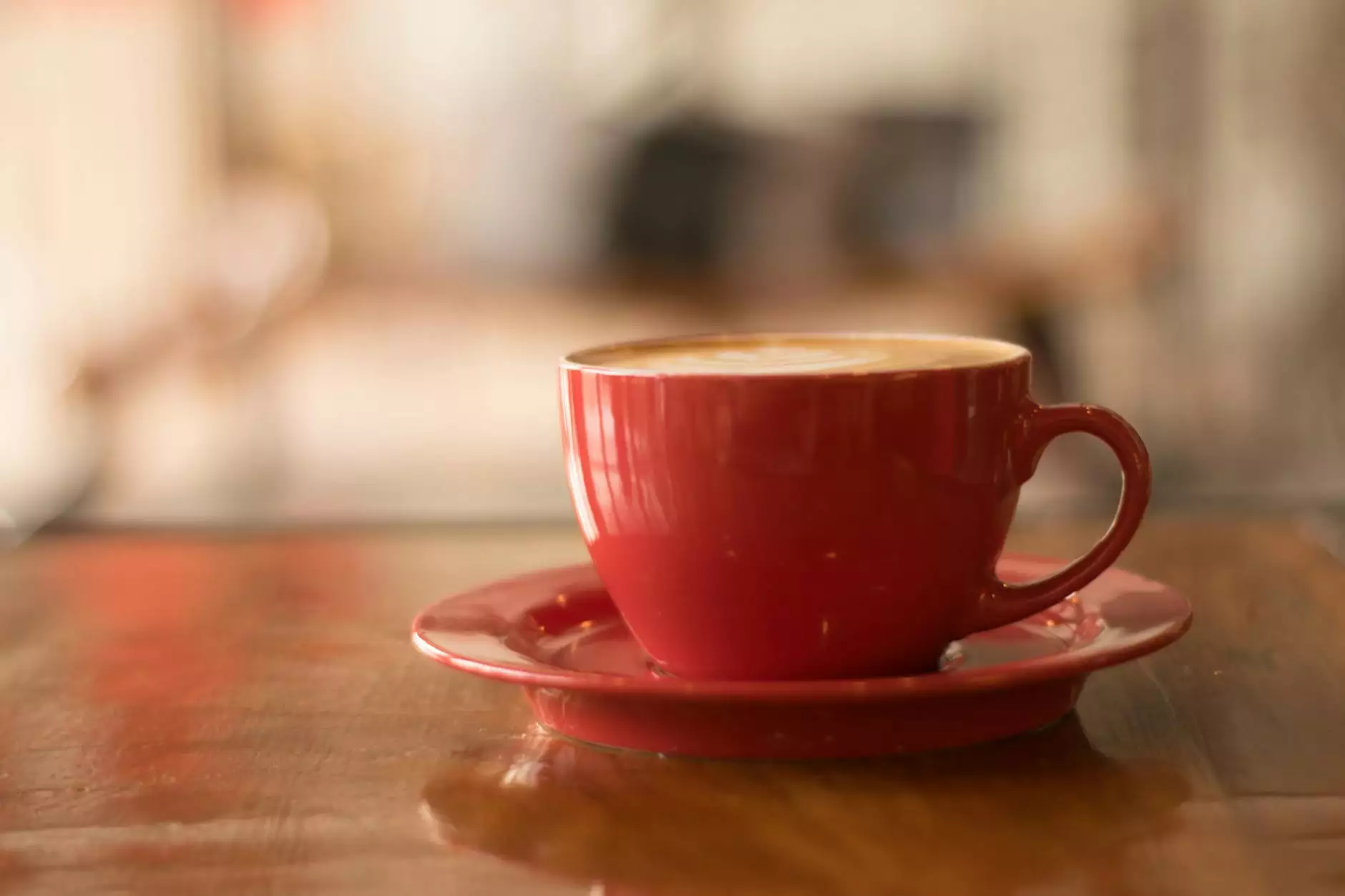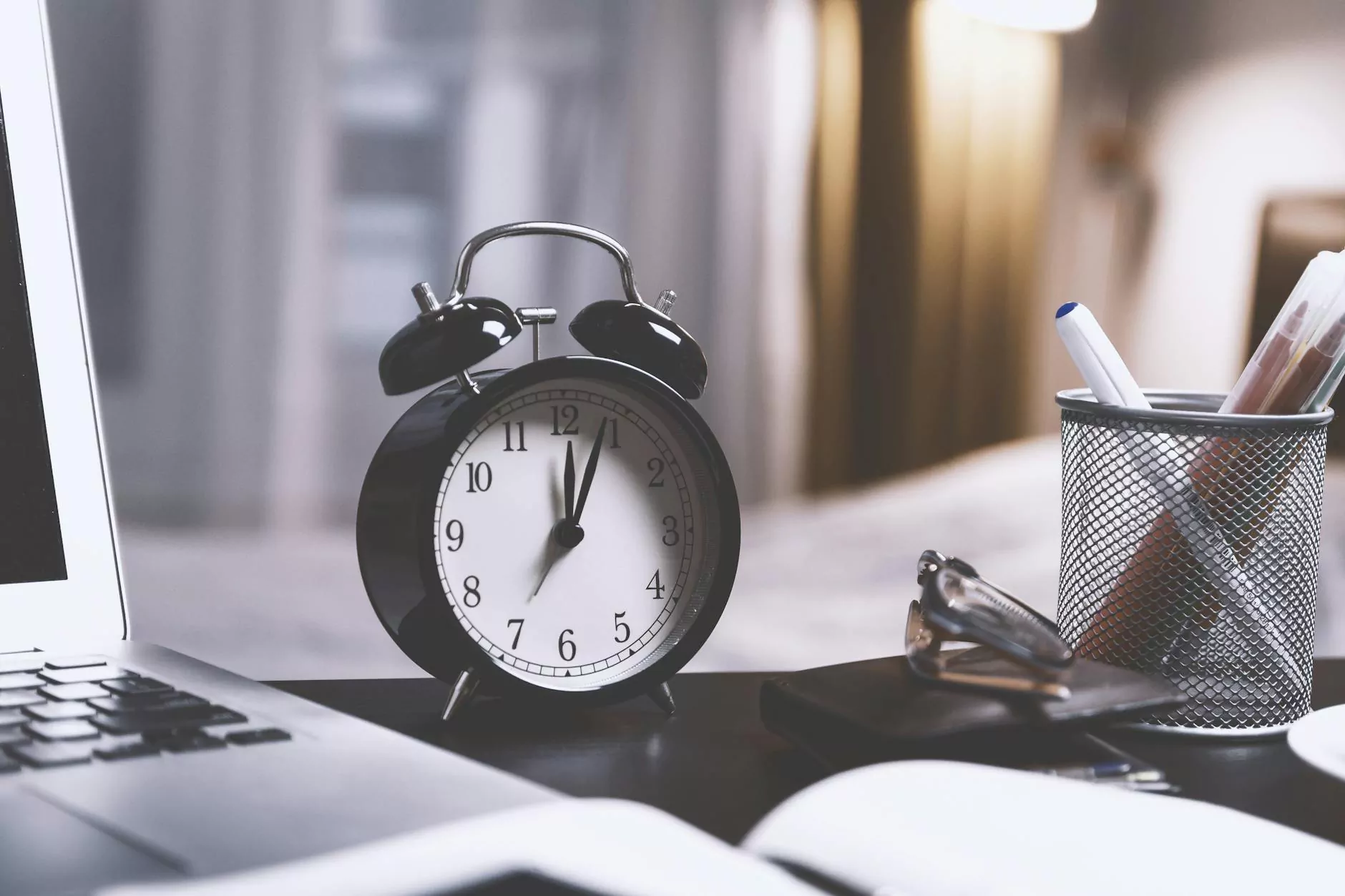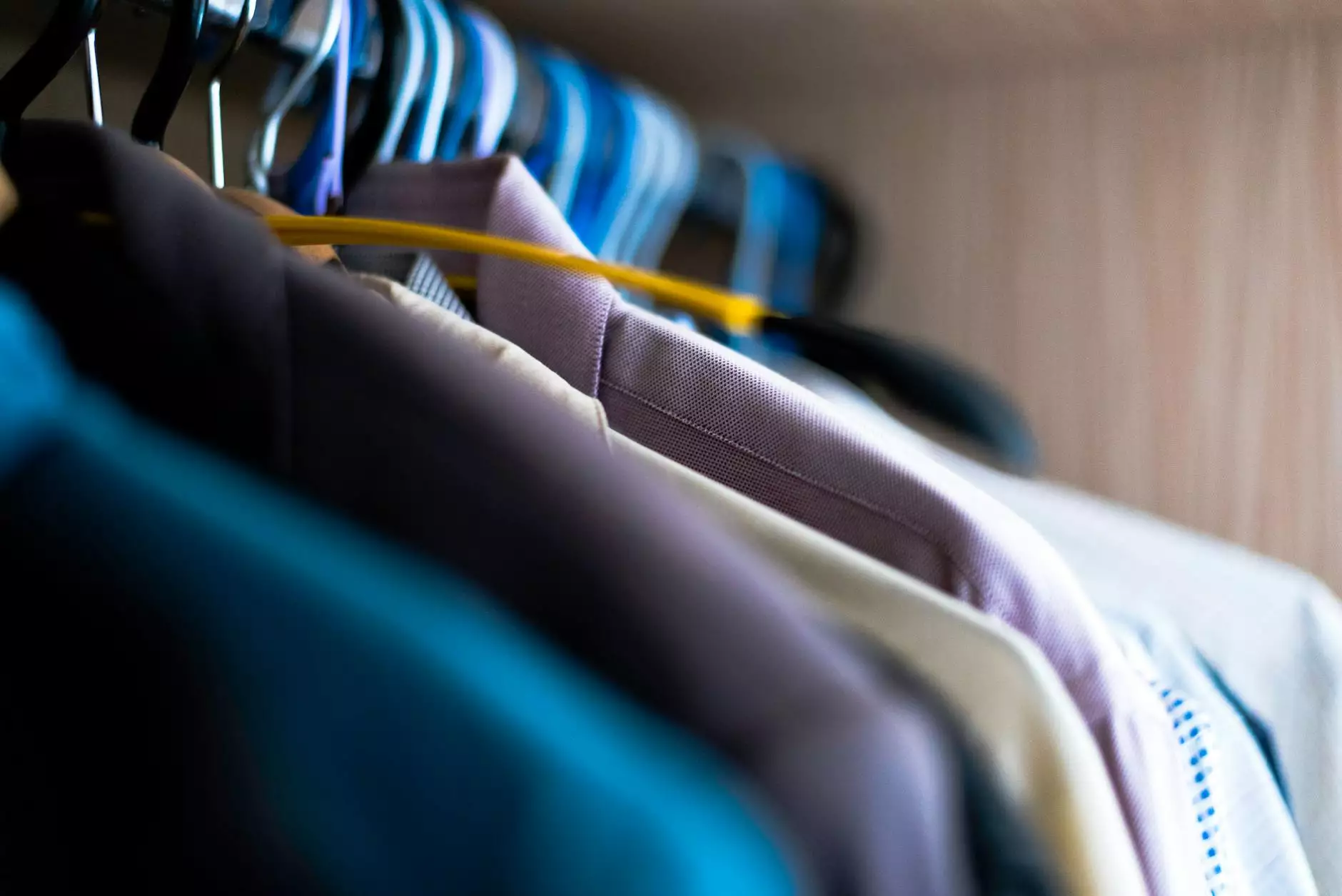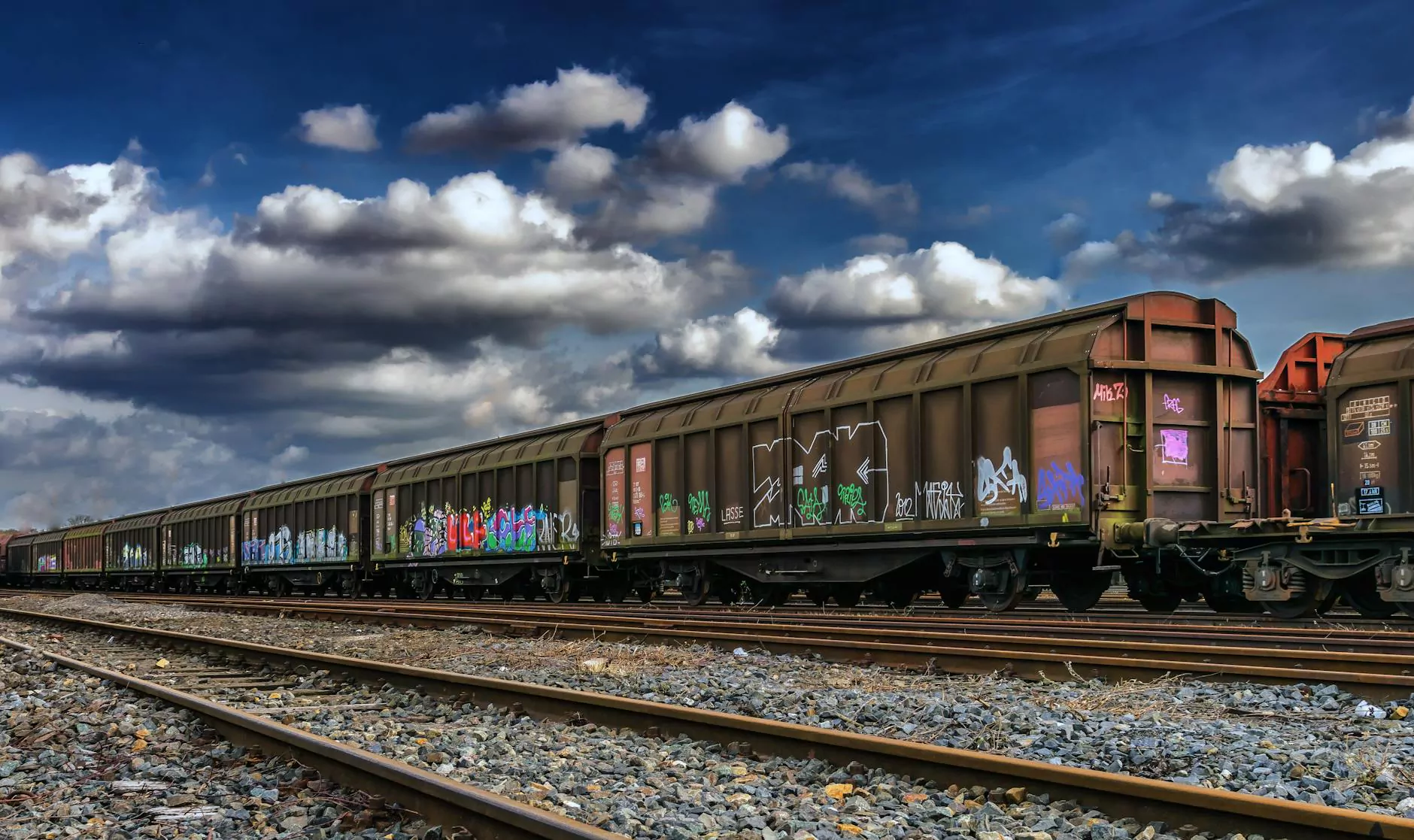Arabica vs Robusta vs Liberica: A Comprehensive Guide to Coffee Beans

The world of coffee is diverse and intricate, with various species of coffee beans contributing to the rich tapestry of flavors, aromas, and experiences that coffee enthusiasts cherish. Among these, three main species stand out: Arabica, Robusta, and Liberica. In this extensive article, we will delve into the characteristics, growing conditions, flavor profiles, and overall impact of each of these coffee bean types, helping you appreciate the nuances of your favorite brew.
Understanding Coffee Species
Coffee trees produce various species of beans, primarily classified under the Coffea genus. Among these, Coffea arabica, Coffea canephora (commonly known as Robusta), and Coffea liberica dominate the global coffee market. Each species is unique in its own right, influencing flavor, caffeine content, and cultivation requirements. Let’s break down the main differences between these three beans.
1. Arabica: The Elegant Choice
Flavor Profile
Arabica coffee beans are celebrated for their smooth, complex flavor profiles. Often exhibiting a wide range of taste notes, these beans can be fruity, floral, or even nutty, depending on their origin. The acidity of Arabica coffee tends to be bright, adding a refreshing character to the cup. As a result, Arabica beans are often favored by specialty coffee shops and discerning coffee drinkers.
Growing Conditions
Arabica beans thrive in higher altitudes, typically between 2,000 to 6,000 feet above sea level. These beans prefer cooler temperatures, ideally ranging from 60°F to 70°F (15°C to 24°C). The ideal growing regions for Arabica include countries like Brazil, Colombia, Ethiopia, and Costa Rica. The elevation and climate contribute to the beans' delicate flavors, making them sensitive to environmental changes.
Caffeine Content
Arabica beans generally contain about 1% to 1.5% caffeine, which is lower than their Robusta counterparts. This lower caffeine content contributes to the smoother taste, reducing bitterness and allowing for a more nuanced flavor experience.
Market Share
Representing approximately 60% to 70% of global coffee production, Arabica beans dominate the specialty coffee market. Their popularity is bolstered by their rich flavor and aromatic properties, which localize well with premium coffee brands.
2. Robusta: The Bold Contender
Flavor Profile
Robusta coffee beans are known for their strong, bold flavors and pronounced bitterness. With earthy and woody undertones, Robusta coffee often has a thicker crema, making it a popular choice for espresso blends. The flavor is less complex than Arabica, emphasizing a more straightforward profile that many coffee drinkers appreciate.
Growing Conditions
Robusta beans are hardier and more resilient compared to Arabica, thriving in lower altitudes (approximately 600 to 2,000 feet) and being more resistant to pests and diseases. They prefer a hot climate, typically flourishing in regions with temperatures between 70°F to 85°F (21°C to 29°C). Key growing regions include Vietnam, Brazil, and parts of Africa.
Caffeine Content
One of the most significant differences between Arabica and Robusta is caffeine content. Robusta beans can contain about 2% to 2.5% caffeine. This higher caffeine concentration contributes to their bitter taste and enhances the coffee's body, delivering a stronger punch to the palate.
Market Share
While Robusta beans comprise about 30% to 40% of the global coffee production, their popularity has been steadily increasing due to their affordability and bold flavor, especially in coffee blends, instant coffee, and espresso beverages.
3. Liberica: The Uncommon Gem
Flavor Profile
Liberica coffee beans are less known but offer a unique experience. Known for their unconventional flavor profile, Liberica coffee can have a floral aroma with fruity, smoky, and even slightly woody notes. This species provides an experience that diverges from the traditional Arabica and Robusta flavors, attracting adventurous coffee drinkers.
Growing Conditions
Liberica thrives in tropical climates and can grow at lower altitudes compared to Arabica, typically between 1,500 to 3,000 feet. The cultivation of Liberica is primarily found in West Africa, the Philippines, and Malaysia. The trees are resilient, adapting to diverse environmental conditions, which can influence their flavor profile significantly.
Caffeine Content
Liberica beans contain a caffeine level similar to Robusta, averaging around 2% to 2.5%, contributing to their bold presence in brewed forms. This higher caffeine level enhances the coffee's characteristics, making it vibrant and energizing.
Market Share
Despite its unique flavor, Liberica makes up a small fraction of the global market, accounting for around 2% to 3% of total coffee production. This rarity adds an exclusive touch, often found in specialty coffee shops or unique blends.
4. Comparing the Three: Arabica vs Robusta vs Liberica
Flavor Comparison
The distinct flavors of Arabica, Robusta, and Liberica highlight the complexity of coffee. Arabica appeals to those who prefer a smoother, more nuanced taste, while Robusta caters to those who enjoy a bold, straightforward coffee experience. Liberica stands out for adventurous drinkers, offering a unique flavor journey.
Cultivation Insights
In terms of cultivation, Arabica requires more precise conditions and care due to its sensitivity, while Robusta's resilience makes it easier to grow in various environments. Liberica, although adaptable, faces challenges in modernization but serves as a testament to traditional coffee farming in specific regions.
Consumer Preferences
Consumer preferences can greatly influence the choice between these beans. With the specialty coffee trend rising, Arabica continues to be the favored option among coffee aficionados. However, the richness of Robusta makes it a staple in many households, and Liberica is carving out a niche for those seeking distinct flavors.
5. Brewing Methods for Optimal Flavor
Brewing Arabica
To achieve the best flavor from Arabica beans, consider using methods such as pour-over or French press. These techniques allow for controlled extraction, highlighting the delicate flavor notes that characterize Arabica. A recommended brew temperature is around 195°F to 205°F (90°C to 96°C) to avoid over-extraction.
Brewing Robusta
Robusta shines in espresso preparation due to its rich crema and bold body. A traditional espresso machine or AeroPress works well to leverage its boldness. Opt for a higher brew temperature and pressure to extract the intricate flavors that fall in line with its nutty, earthy qualities.
Brewing Liberica
For Liberica, experimenting with brewing variables is crucial to unlock its unique flavor palette. Methods such as cold brew or siphon brewing can bring out complex flavor notes, allowing coffee drinkers to explore its adventurous essence. Brew temperatures should be closely monitored to maintain its vibrant profile.
6. Sustainability and Eco-friendliness in Coffee Production
The coffee industry faces increasing scrutiny regarding sustainability practices. As more consumers prioritize ethical sourcing and environmentally friendly methods, coffee producers are adopting sustainable practices across all species. This includes:
- Fair Trade Certification: Ensuring fair wages for farmers and sustainable farming practices.
- Organic Farming: Avoiding synthetic fertilizers and pesticides to protect soil health.
- Diverse Growing Practices: Maintaining biodiversity to support ecosystems and enhance bean quality.
Conclusion
In conclusion, understanding the differences between Arabica, Robusta, and Liberica coffee beans enriches your coffee experience and enhances your appreciation for this beloved beverage. Each species brings unique characteristics to the table, shaping the coffee landscape in distinct ways. As you explore the world of coffee, whether sipping on a smooth Arabica blend, indulging in robust Robusta, or daring to try Liberica, remember that each cup holds a story of its origin, cultivation, and preparation. With this knowledge, you can make informed choices and cultivate your coffee journey to suit your preferences.
For more coffee insights, techniques, and specialty brew ideas, visit coffeevideomagazine.com.









